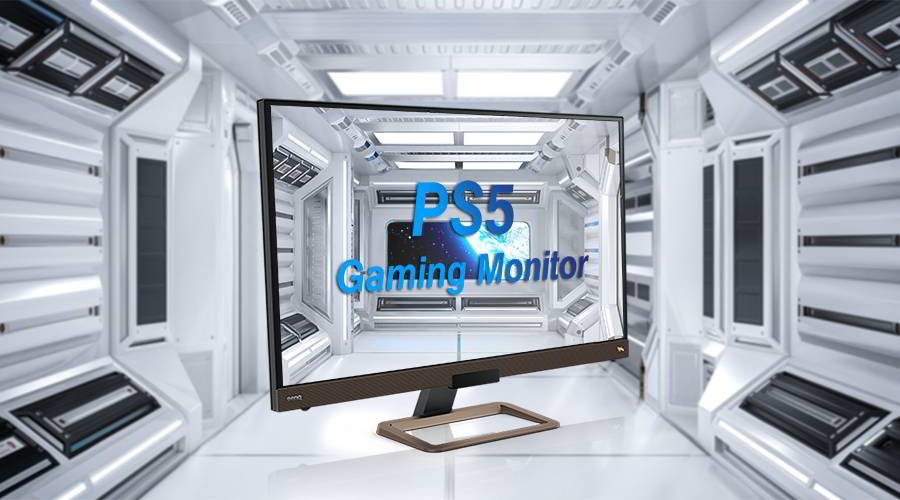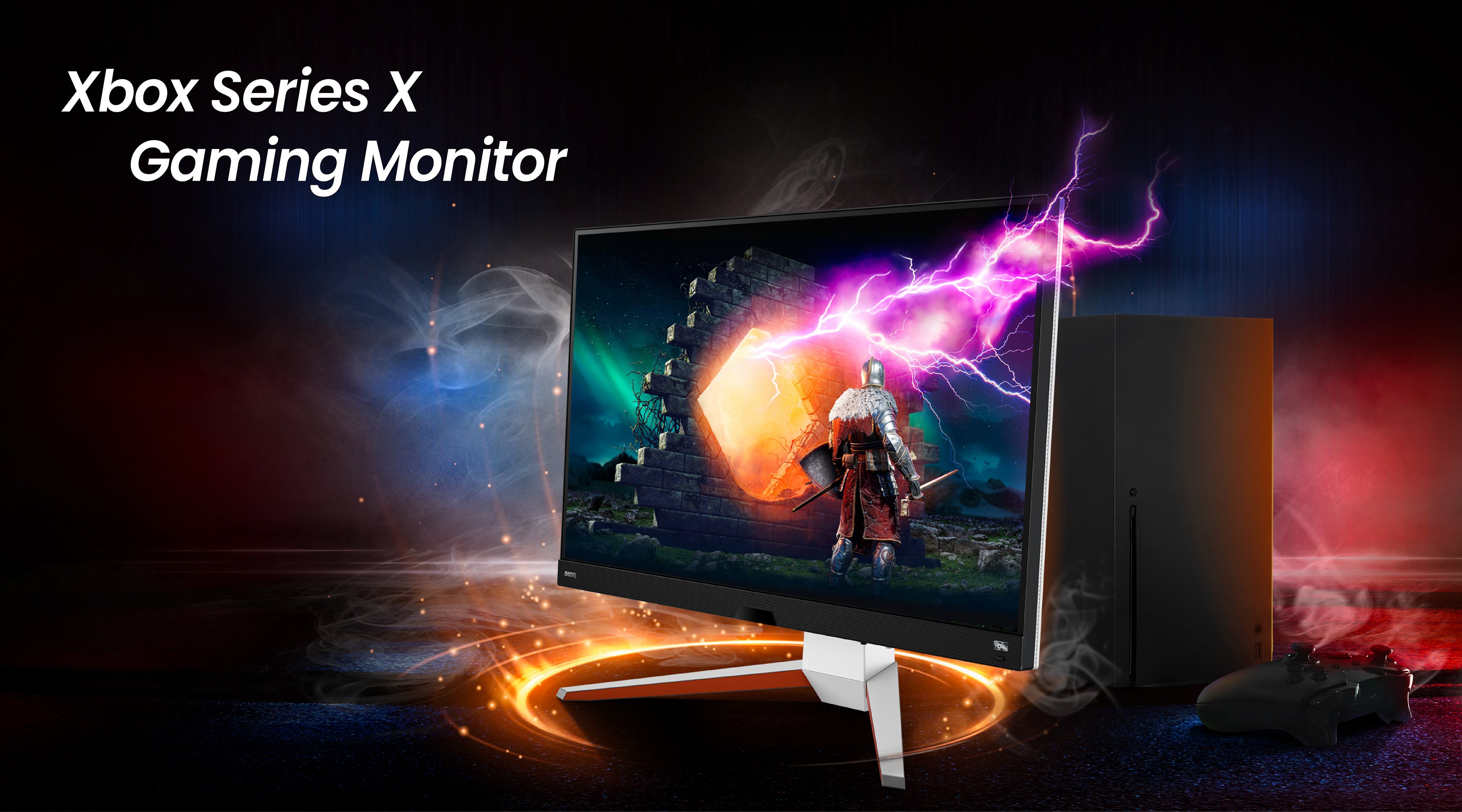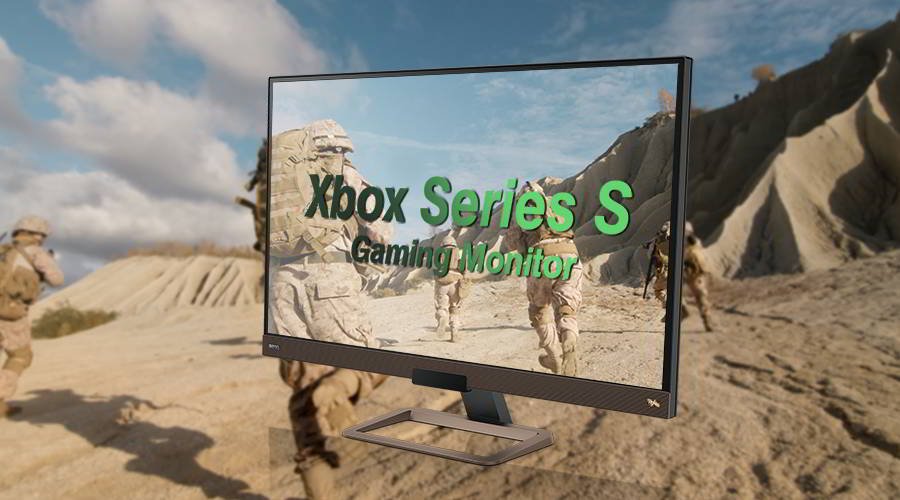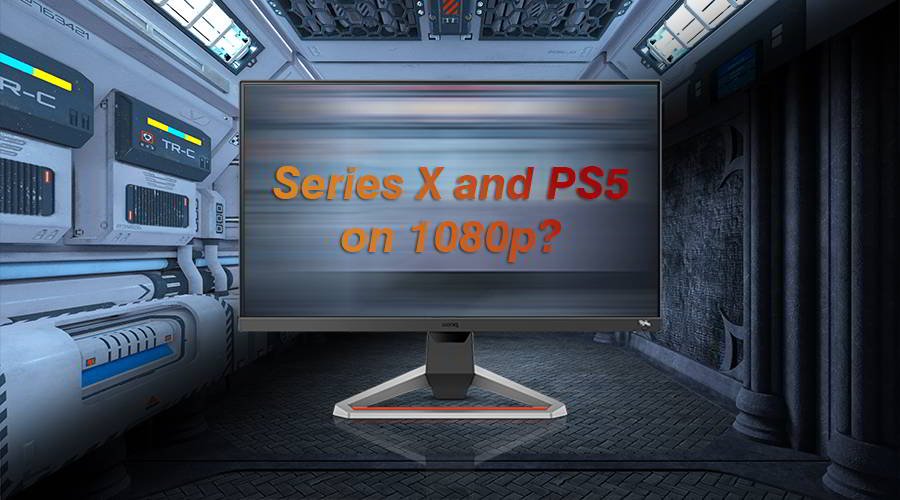Projector
Monitor
Lighting
Digital Display
Job References
This site uses cookies. By continuing to browse the site you are agreeing to our use of cookies, you can also manage preferences.
This site uses cookies. By continuing to browse the site you are agreeing to our use of cookies, you can also manage preferences.
Projector
Monitor
Lighting
Digital Display
Job References
Projector
Monitor
Lighting
Digital Display
Job References
Knowledge Center Support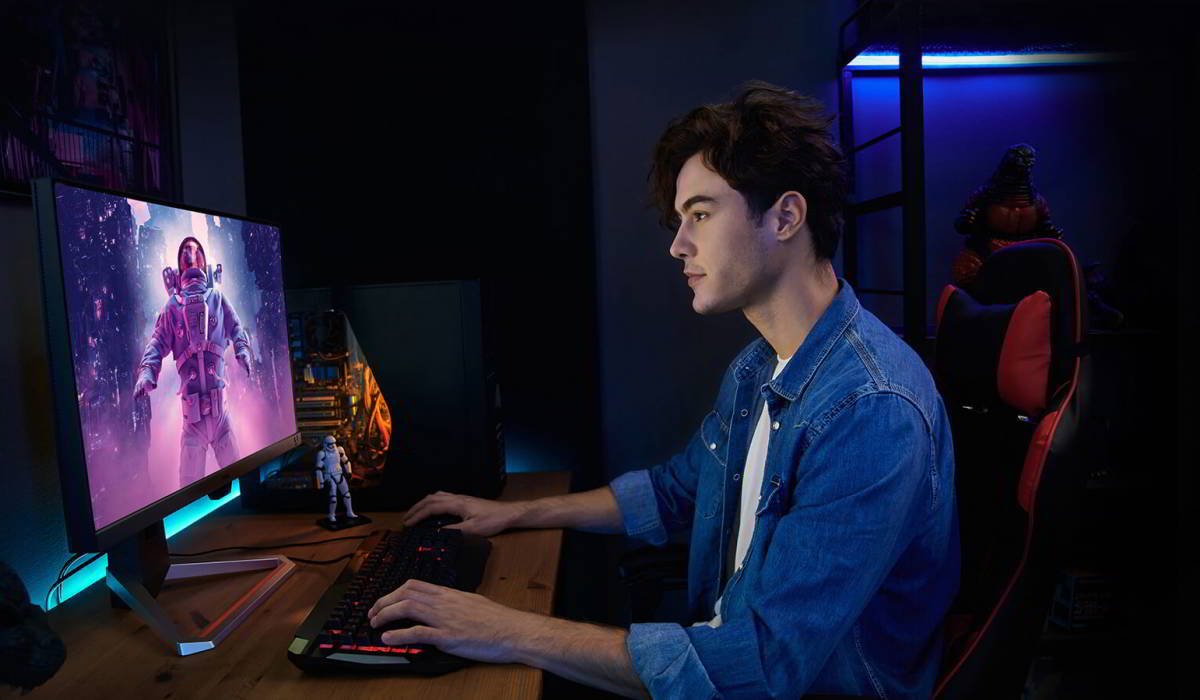
The upcoming PlayStation 5 and Xbox Series X, as well as new graphics cards from NVIDIA and AMD, all have one thing in common. They’re all going to support HDMI 2.1 and aim to go beyond 4K and closer to 8K resolution. The biggest thing with HDMI 2.1 is the exponential growth in bandwidth compared to HDMI 2.0, which has been most associated with 4K 60Hz. However, HDMI 2.0 also does have the ability to execute 4K 120Hz. As we’ve discussed before, it’s all a matter of bandwidth and the right settings.
HDMI 2.1 has 48Gbps carry capacity, compared to just 18Gbps for HDMI 2.0. Now, the 18Gbps of HDMI 2.0 assumes video delivery with HDR, 4:4:4 chroma, and 10-bit color coding. At a resolution of 3840 x 2160, that would fill up the entire bandwidth with a maximum framerate of 60Hz, and often 4:4:4 won’t be possible, only 4:2:2. However, if we can force 8-bit color coding (16.7 million colors), no HDR, and 4:2:0 chroma subsampling, then 4K 120Hz actually turns out to “cost” about 16Gbps, which is technically possible on HDMI 2.0.
Current game consoles and graphics cards all allow for such controls over video settings, although many games and apps will force override user-defined parameters. In theory, though, HDMI 2.0 (effectively HDMI 2.0b since late 2016) can do 4K 120Hz.
This mostly applies to PC, where cards like the GTX 2080 Ti can actually pull off 120 frames per second in certain games while running in 4K. The PS4 Pro and Xbox One X won’t allow 120Hz in 4K anyway. At most you’ll be able to get 120Hz in 1440p with some televisions and monitors, though you’re more likely to be limited to 120Hz in 1080p, even if you have a very fast 2K display.
So, if you currently have a top of the line NVIDIA card, go into the NVIDIA Control Center and change display settings as described above. Force 8-bit color, limited RGB, and 4:2:0 chroma subsampling. Right click on your Windows desktop, go into display settings there, and make sure HDR is unchecked. This’ll save every bit of bandwidth possible so you can squeeze those 120 frames per second via HDMI 2.0 whenever possible.

Several “buts” if we’re being honest. If you’re on PC, then you may as well save yourself all this video math by going with DisplayPort, which since version 1.3 has been able to do 4K 120Hz with ease thanks to an effective bandwidth of nearly 30Gbps. This is why you have plenty of wonderful 100Hz and above monitors in and around 4K to choose from in the PC realm, as DisplayPort is standard in that context. However, HDMI offers a far more universal approach and works equally well for PCs, consoles, and a whole host of input sources, like streaming boxes. While USB-C alt mode may increase the ubiquity of DisplayPort, for now HDMI is the more popular. Which is why we thought you’d want to know that 4K 120Hz is already doable with HDMI.
Another important “but” is that HDMI 2.0 doesn’t officially support 4K at over 60Hz, only HDMI 2.1 does. Experimenting and trying to force 120Hz won’t hurt anything or invalidate warranties, but it may not work. A lot of it will also depend on the quality of the HDMI cable you’re using. Good ones have the full 18Gbps while shady products may go as low as 15Gbps, which won’t be enough. Go with an ultra high speed HDMI cable from a brand you know and trust.
Also, don’t expect your PS4 Pro or Xbox One X to accept 4K resolution at 120Hz refresh rate. They simply won’t allow that combination, so no need to get frustrated. In practical terms, 4K 120Hz is a PC-only combo for now, at least until more powerful consoles arrive.
Based on feedback from competitive gamers and esports pros while leveraging BenQ’s legacy of high performance gaming monitors, we’ve created MOBIUZ. What is MOBIUZ? It’s defying conventional thinking and creating a new generation of gaming monitors that make every pixel count better.
Current MOBIUZ gaming monitors include the EX2710 and EX2510, or 27” and 25” respectively, as you probably guessed. We’re talking 144Hz with 1ms MPRT and FreeSync Premium for super responsive gameplay and sharp visuals on IPS panels that let colors come to life from wide viewing angles. Get close to the action and see every detail, helped along by real HDR. For gaming audio, MOBIUZ delivers the power of treVolo sound, with dual 2.5W speakers.
MOBIUZ monitors meet the demands of gamers that want fast and accurate response with a high degree of visual fidelity. Check out the MOBIUZ lineup.
Thanks for your feedback!
